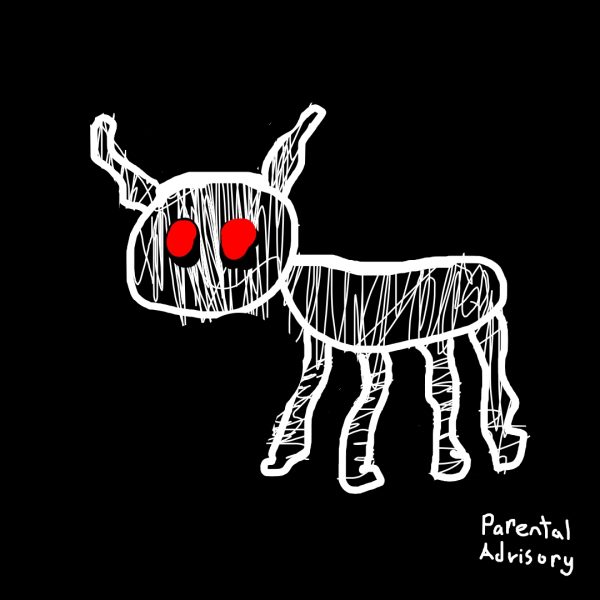European Football: What’s the Fascination?
Awards 2015
The Union of European Football Association’s announcement of the host country for the 2020 European cup came as a surprise to many people, perhaps because it isn’t really a country; it’s all of Europe. The cup will be held in thirteen European cities each of which is located in a different country as far west as Dublin, Ireland and as far east as Baku, Azerbaijan. Though this can been seen as a great show of the unity brought about by the European Union, it can also be seen as a reflection of the soccer fever that has gripped the continent since the game came into being in 1683.
The United States has always been a country of many sports. Every major city in the US has at least an American football team, a baseball team, a hockey team, and a basketball team, each with their own dedicated fanbase. In Europe there is only one sport: soccer, which clearly towers above the others. Imagine if in a city like Philadelphia, all the Phillies fans, the Flyers fans, the Eagles fans and the 76ers fans put on their soccer jerseys, layered on the face paint, and got out their flags to go to the same stadium every weekend. The sheer number of fans also means that every game has an unimaginable level of excitement and hype. Even in the city of Montpellier, where I spent the last year, which is infamous for poor attendance at games, has roughly 10% of the city’s population sitting in the stadium’s seats on a Sunday afternoon.
Children start to play soccer at a very young age. Every village or neighborhood has a youth soccer club where kids can train starting at age four or five. These youth clubs serve as a recruiting ground for regional teams which in turn supply players to the training academies of professional teams. Soccer is such a simple game, with no requirement for expensive equipment, that there are many rags to riches stories, and any kid feels like they have the chance to make it big. Pick-up soccer is played almost everywhere, and every day at school just feels like a long wait for soccer playing time. I remember when, in 2007, I went to Spanish summer camp and every day we would play soccer till our legs gave out! Being young and inexperienced I was amazed at the level of play. I also noticed that the love of the game was in no way limited to the boys in my class because when we would play boys vs. girls games the girls would frequently beat us.
Even people who are not fans of the game know all about it. In Europe, soccer is discussed as often as the weather. Every morning at school I remember seeing groups of kids huddled around debating about the game last night and what that meant for their favorite teams. The players themselves are idolized at a level we don’t see in the United States.
Just for comparison: Cristiano Ronaldo (Real Madrid’s leading goal scorer) has over thirty times the Facebook fans as Tom Brady. The short distances and cheap transport in Europe mean that supporters can easily travel to support their teams when they play away games. This is why thousands of Bayern Munich fans from southern Germany were present at the Champion’s League semi final in Barcelona.
American soccer, however, is on the rise. Though Wilmington Friends may not yet have seen the full effect, everywhere in the United States soccer is gaining popularity. Just last year, Bayern Munich announced its commitment to extending its youth academy in the United States, a decision which would give 55,000 American kids the same kind of chance that their European peers have to train and grow as players. Through the establishment of the new Major League Soccer (MLS) the United States finally has a serious league with games that draw more and more spectators every year.
Although I must admit that the atmosphere at a Philadelphia Union game is not quite at the same level as at Camp Nou in Barcelona, I can say that soccer mania is slowly grabbing a hold of the United States.






































